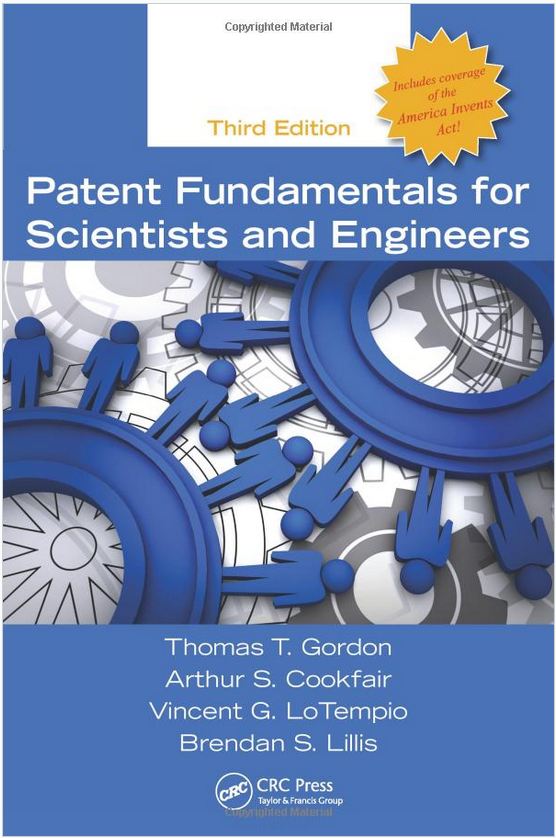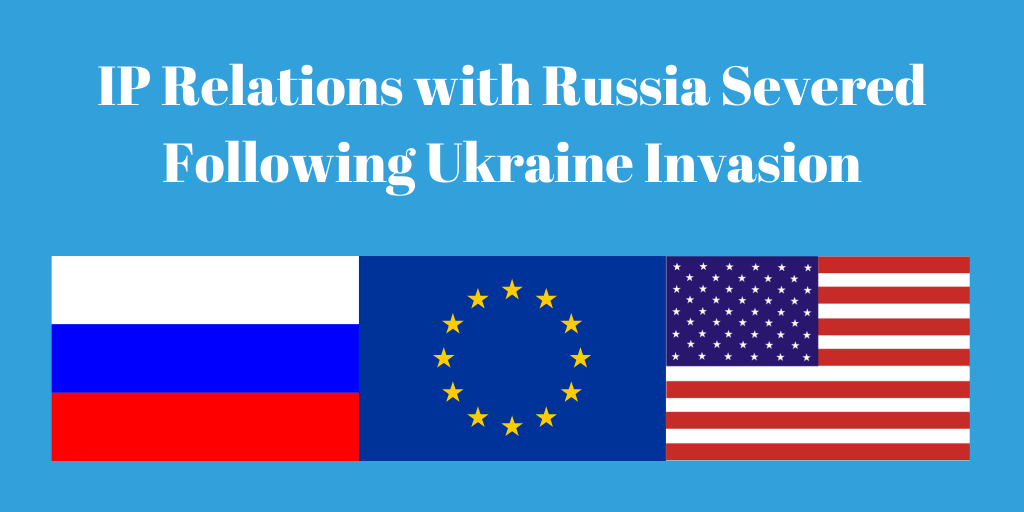Patent Fundamentals for Scientists and Engineers, Third Edition
As a patent attorney in Buffalo, New York I have met many patent attorneys and inventors over the years. Through my association with patent agent Arthur Co
Patent agent, Arthur Cookfair and the deceased Thomas T. Gordon authored the first and second edition of this book and Arthur gave me and my associate Patent Attorney, Brendan S. Lillis the opportunity to edit and rewrite the third edition so as to include the references to the new patent laws that occurred with the passage of the America Invents Act.
I would like to thank Arthur and the good folks down at CRC Press for giving us this opportunity.
This new Patent book explains the fundamentals of the patent system and how to identify and protect patentable ideas. It’s like a roadmap of the patent law changes from the American Invents Act.
The U.S. Constitution granted Congress the power to enact laws to regulate and protect intellectual property. The first U.S. patent act was passed into law in 1790 during the height of the industrial revolution.
Founding fathers like Benjamin Franklin and Thomas Jefferson helped write the first patent laws. Even though the basic tenets of those first U.S. patent laws still exist and form the basis of our current patent system, the patent laws have evolved and changed over the past two centuries.
The most significant change of the American patent laws in decades occurred with the passage of the Leahy-Smith America Invents Act (AIA) on September 16, 2011.
The understanding of the law that dictates what a patent is, how a patent is obtained and enforced, and the recent changes through statute or case law litigation is an intellectual challenge. The third edition of Patent Fundamentals for Scientists and Engineers tackles that challenge.
Our founding fathers designed the patent system to improve the well-being of society by providing an incentive for people to improve on existing inventions and enlarge the field of technology. Even with all the changes over the years the purpose of the U.S. patent system remains constant; to foster advances in science and technology.




